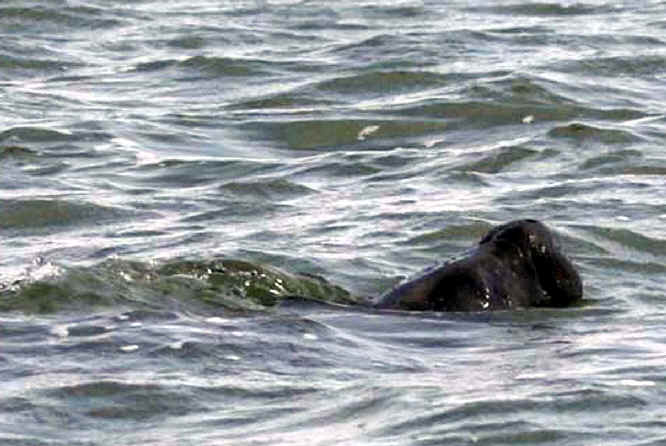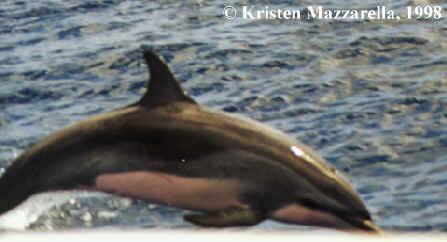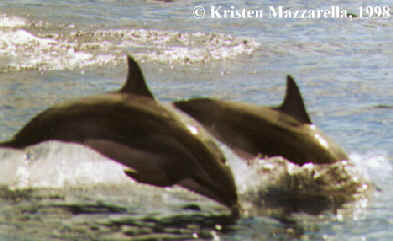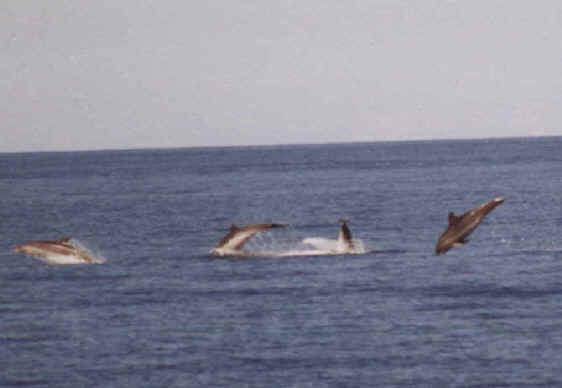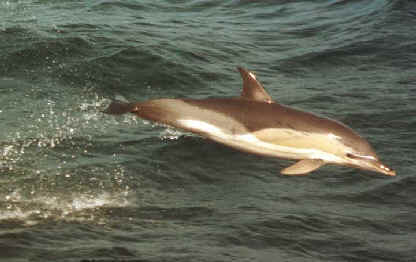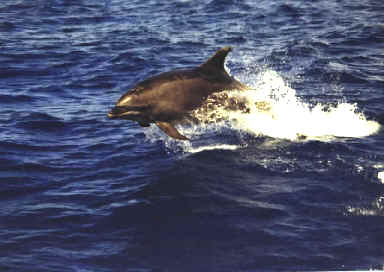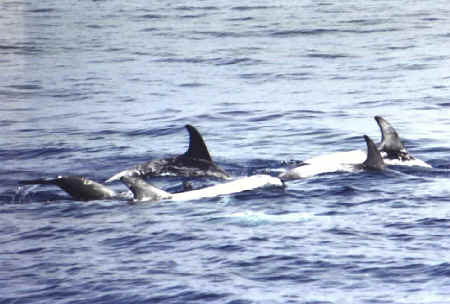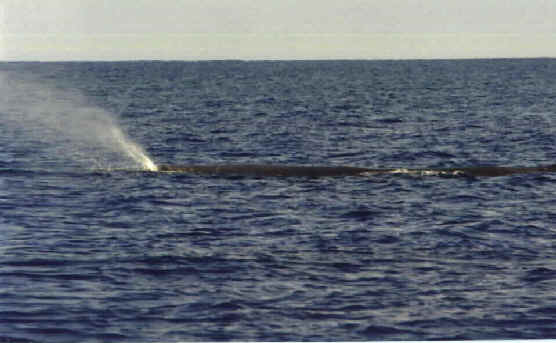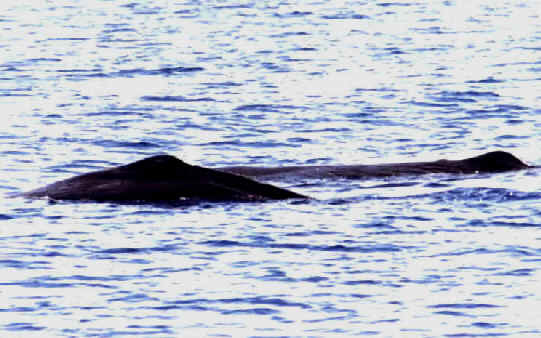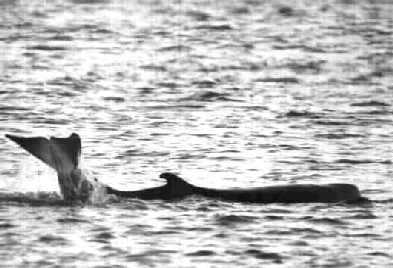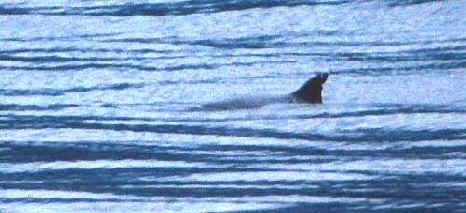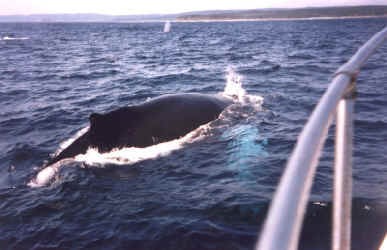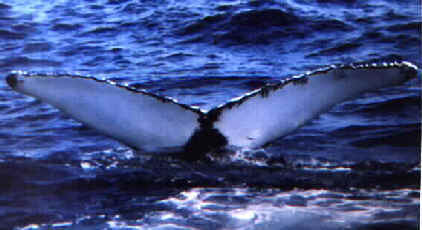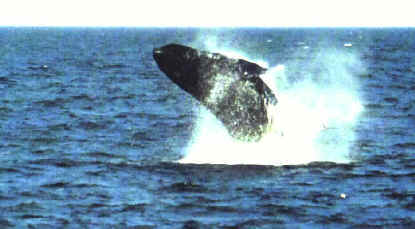
E-mail: font@focusonnature.com
Phone: Toll-free in USA 1-888-721-3555
or 302/529-1876
 |
PO Box 9021,
Wilmington, DE 19809, USA E-mail: font@focusonnature.com Phone: Toll-free in USA 1-888-721-3555 or 302/529-1876 |
in
the West
Indies
of the Caribbean
in the Caymans,
Dominica,
the Dominican Republic,
Jamaica,
Puerto Rico,
St, Lucia,
& St, Vincent
Noting those found during Focus On
Nature Tours
1990 thru 2015
with an (*) following the 2-letter code for the island
Tours during the months of December, January, February, March, April, & July.
Upper left photo: a
COMMON DOLPHIN photographed during a FONT tour
(Photo courtesy of Andy
Smith)
There have been 26 FONT tours in Puerto Rico, 13 in the Dominican Republic,
9 in Jamaica, 4 in the Cayman Islands, 14 in Saint Lucia, 9 in St. Vincent, 5 in
Dominica, 2 in Barbados, and 1 in Grenada.
During 1 of the Dominican Republic tours, some time was spent in Haiti.
Following list compiled by Armas Hill
Codes:
Threatened Species,
designated in CITES:
(t1): critical
(t2): endangered
(t3): vulnerable
(ti): threatened (but with status indeterminate)
(i): introduced
(p): seen during pelagic trips, either off Dominica or Puerto Rico
(ph): species with a photo in the FONT website
Found on these islands:
BD: Barbados
CY: the Cayman Islands
DM: Dominica
DR: Hispaniola in the
Dominican Republic
JM: Jamaica
PR: Puerto Rico
SL: Saint Lucia
SV: Saint Vincent
Bats in the following list are those in all of the Caribbean islands including
Trinidad & Tobago, Margarita (off Venezuela), and Cozumel (Mexico).
Among the
mammal groupings in this list, links to:
Opossum Present-day Hutias Agouti Rats & Mice Solendons Bats Monkeys
Mongooses Manatees Dolphins Sperm Whales Beaked Whales Rorquals
Mammals that have become Extinct
Other Links:
Itineraries for Upcoming FONT Caribbean Tours in the West Indies
A
List & Photo Gallery of Birds of the Caribbean, in 2 parts
Lists of Caribbean Birds for:
the Cayman Islands the
Dominican Republic Jamaica
the Lesser Antilles Puerto
Rico
Lists
with some Photos for Other Caribbean Nature:
Butterflies & Moths in the West Indies
Amphibians & Reptiles in the West Indies
Marine Life of the Caribbean (incl. Corals, Jellyfish, Mollusks, & Arthropods)
Fish of the Caribbean, including those of Coral Reefs
List of Mammals:
AMERICAN OPOSSUMS (in the Order Didelphimorphia, Family Didelphidae):
All Marsupials were formerly classified in the Order
MARSUPIALIA.
However, this large group has recently been split into 7 orders.
NEW WORLD
OPOSSUMS consist of 3 orders, Australian marsupials 4 orders.
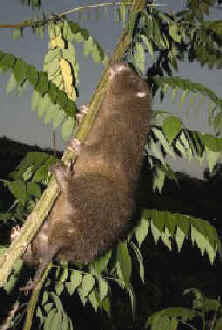
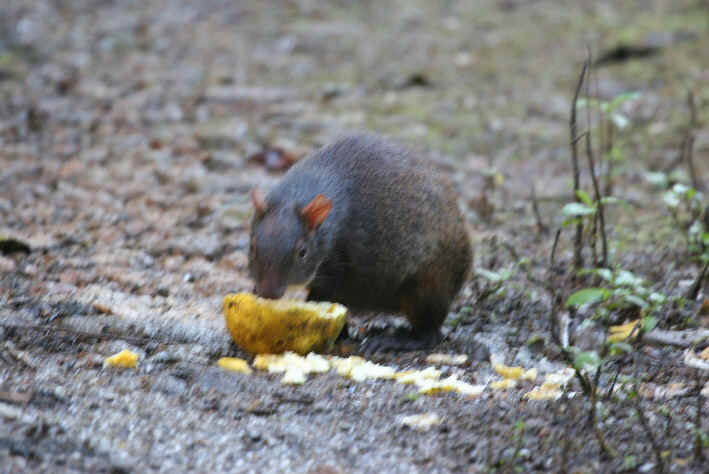
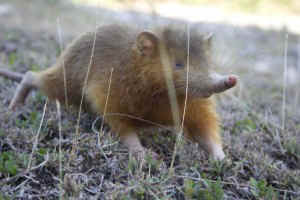
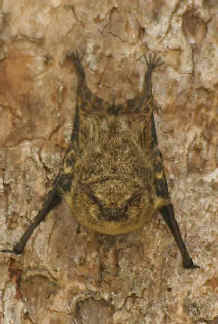
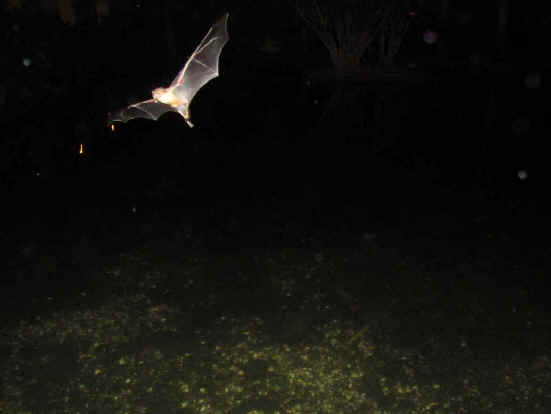
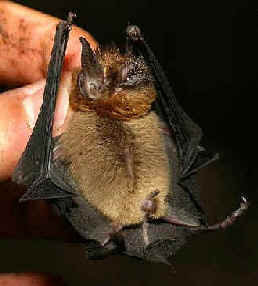
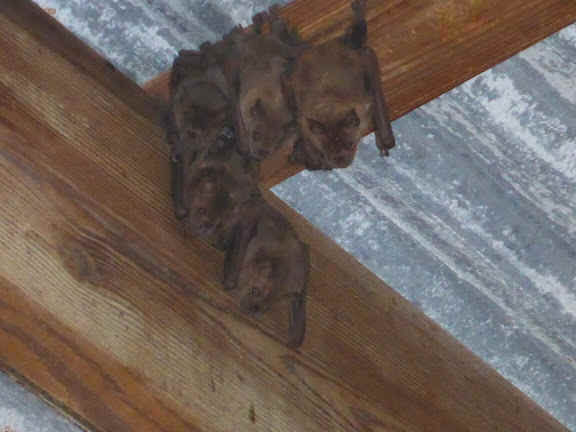
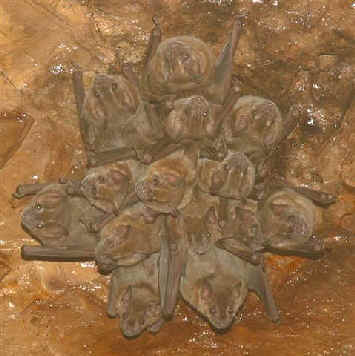
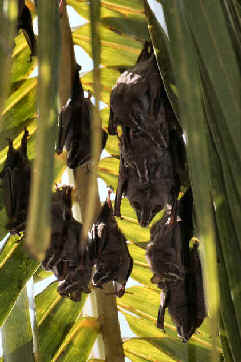
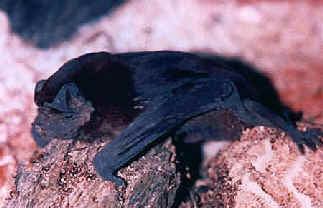
OLD WORLD MONKEYS
(in the Order of Primates, in the Family Cercopithecidae):
